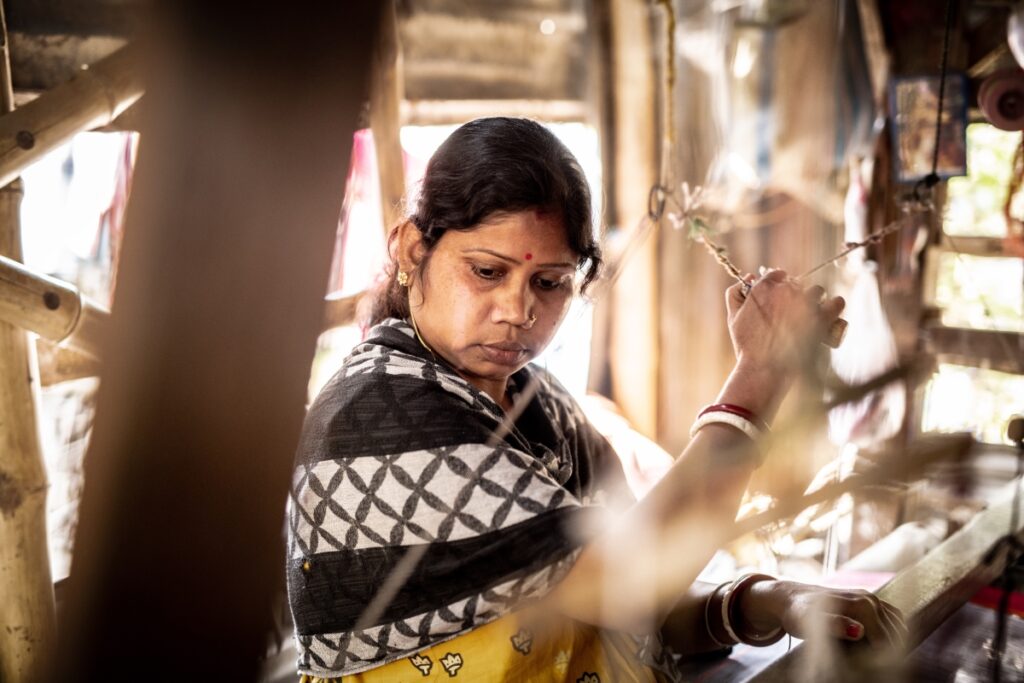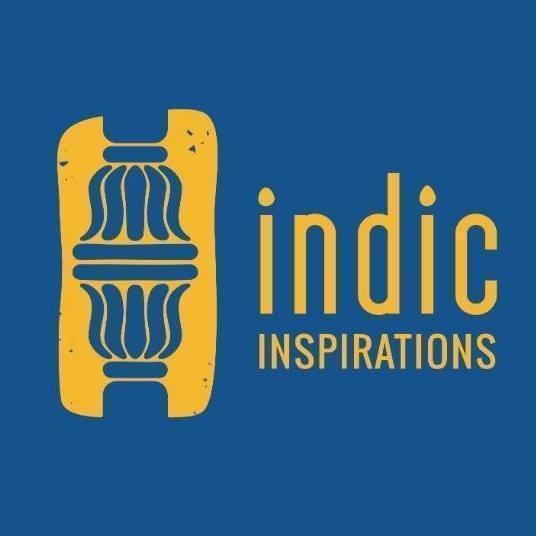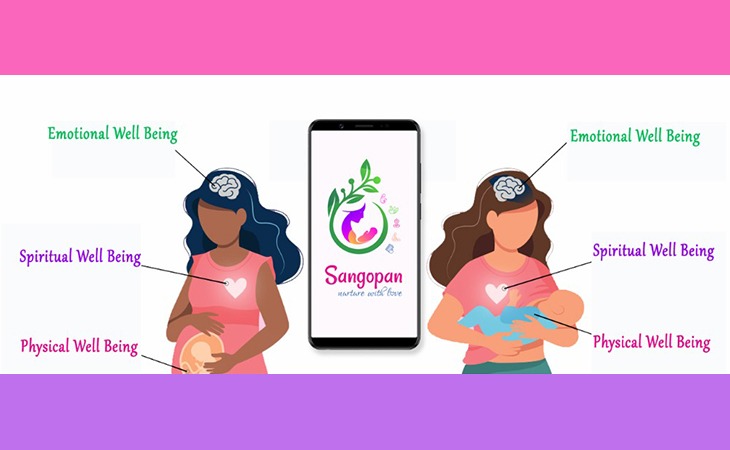Huts and Looms was founded by Tufan Saha and Jaya Saha in 2019. While creating the company, both founders wanted to convey the core ideology and mission of the company through their name and logo, giving a layered in-depth meaning to both. Breaking down the name of the company, “Huts” is a connotation for rural areas. “Looms” on the other hand refers to their main stakeholders, the weaving community.
Handloom is one of the largest and most unorganized cottage industries of the country. Huts and Looms aims to give due credit and remuneration back to weavers. Since the beginning of their venture, the outlook of the founders has always been on the big picture. The founders are rooted in the real India and focused on sustainability. Bringing the love of the weavers into their creations right from the roots i.e. the rural India, is what they do, hence the tagline “Bringing love from the roots” and the logo of a banyan tree to depict these strong ideals.

When it comes to Huts and Looms, Jaya looks after the design, curation, and product verticals. Tufan takes care of the branding, finance, and strategy aspects. Another core member, Kundan overlooks the operations and logistics of the company. They have a team of eleven people and a “family” size of over four hundred weavers – a big stride for the organization in the dynamic B2C space in a mere four years. Learning from their everyday learning experiences, they have grown into a strong brand. Follow our conversation with Tufan and Jaya Saha, founders of Huts and Looms to know more about the journey of the organization.
Following our Founders: their life journey
Tufan did his MBA in Marketing in Ahmedabad and had a corporate career spanning over sixteen years. His first venture was in 2016 called Infinity Solutions, a one of a kind one stop solutions provider company in sustainable packaging. Sustainability has been an important principle for Tufan, leading to his second venture with Jaya in sustainable fashion. He has contributed and learnt a lot through the journey of these ventures and holds the journey close to his heart.
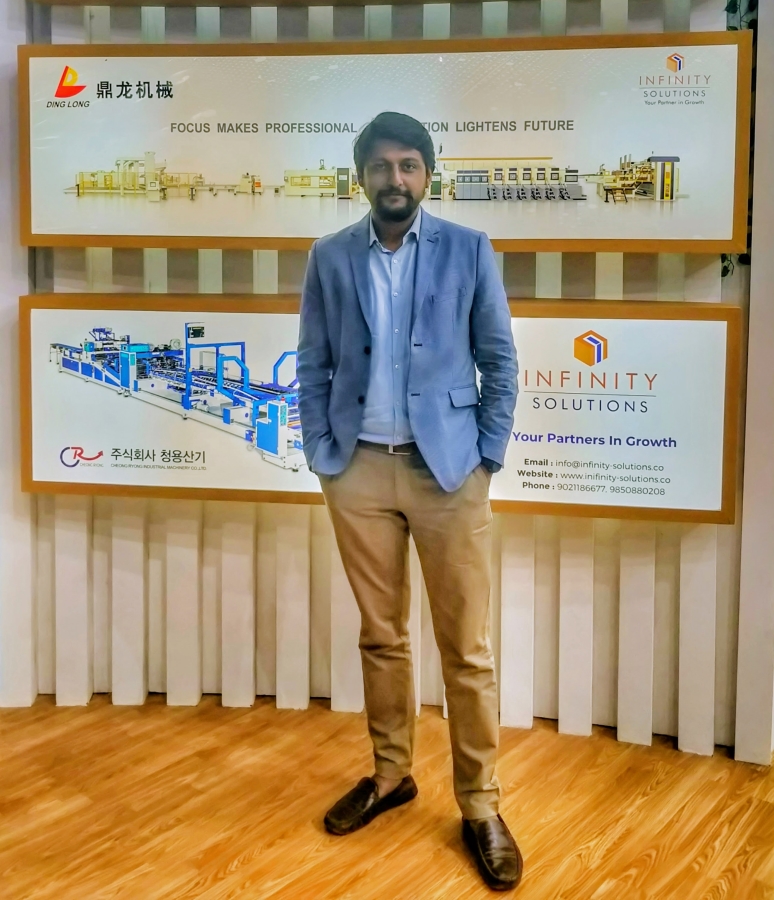
Jaya is the founder and designer of Huts and Looms. She has completed her B. Arch in Media Studies from St. Xavier’s and her MBA in Human Resources (HR) after which she worked in the corporate world for thirteen years. Her experience is versatile, having worked in sectors like telecommunications, IT, travel and tourism etc. However, her core expertise lies in HR, especially skills involving employee engagement and retention. Her stint before Huts and Looms was with a start-up that exposed her to understanding the growth and journey of a company. She learnt what a startup needs to grow and scale within a stipulated time, what the cost centers should be etc. Despite this, she always felt like something was missing and wanted to do something, wherein she could give back to the society.
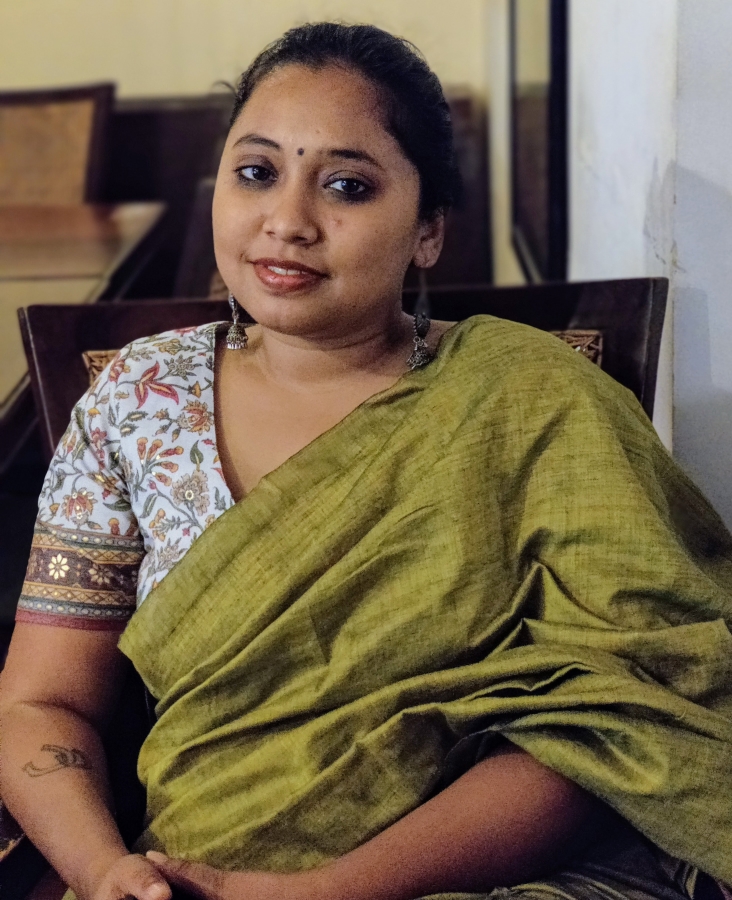
The Journey of Huts and Looms: From Rural India to an Organization
My (Jaya’s) love for the craft of weaving nurtured by my Bengali mom was something that always stayed with me. Surrounded by art and craft from a young age due to living in Jirat, a village in the handloom belt of Bengal, I was always intrigued by the colors and motifs of sarees and the beauty of Bengal Weaves & crafts like Jamdani. This along with my spirit to give back to society led to the birth of Huts and Looms along with Tufan.
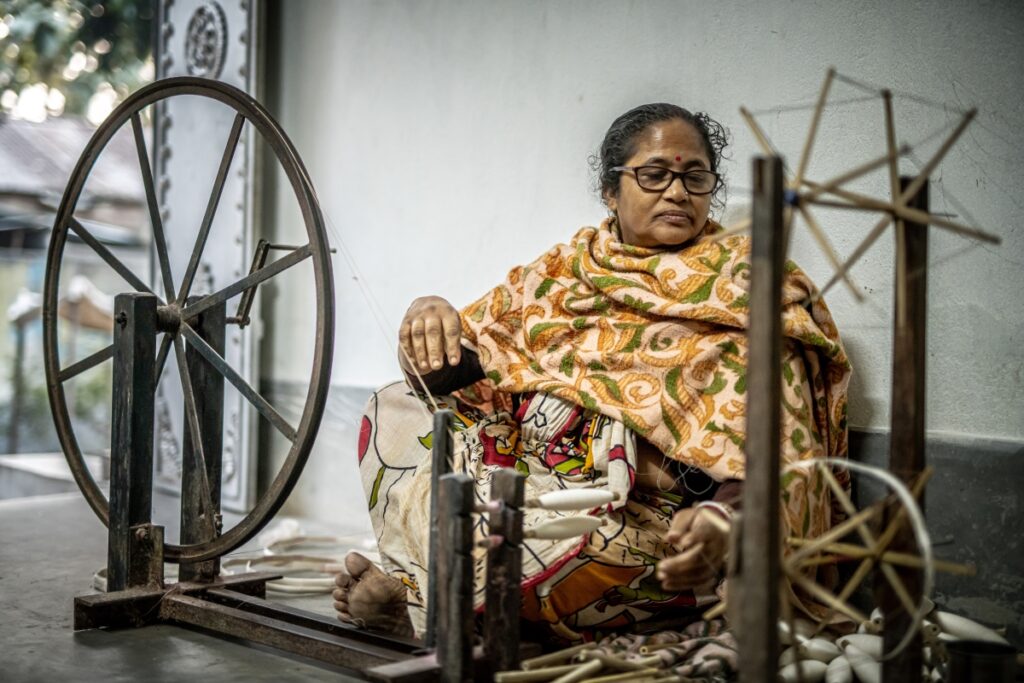
Weavers working in the handloom industry of India are not paid fair wages and work in very poor conditions. There are also a lot of middle men involved in the business as organizations don’t want to go through the hassle of communicating with more than a hundred weavers. This comes from a difference created by language, culture etc. At the same time a person from a different state cannot resonate with a rural weaver’s work in another state. There are a few brands who do work with weavers directly and are doing well, but the impact is still not as big as it should be and is not enough. This is why we decided that we want to do something for them, giving rise to the ideology behind Huts and Looms.
Our Customers: Resonating with our Nonconformist Ideals
Huts and Looms caters to customers in India and overseas giving us a huge canvas to work with and create a strong foundation and customer base. We don’t look at targeting any specific segment or market but are trying to create something beautiful for others to cherish. We believe someone who is in love with colors and our philosophy would find us and we would find them too. Our customers are open minded and understand the importance of free will and spirit. This is why our customer attribution consists of a high percentage of millennials and youth, in general, people who are like-minded and free- spirited.
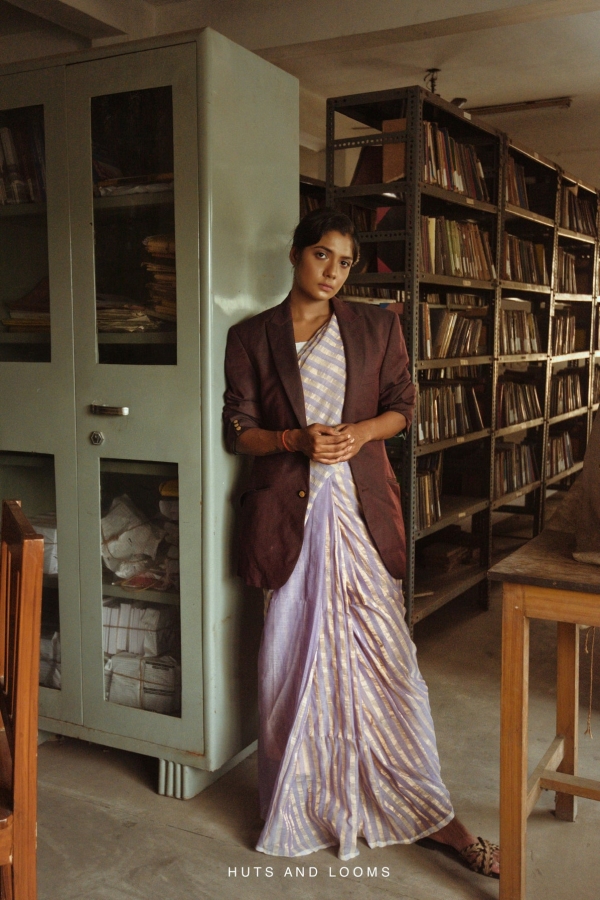
Our designs while using age old crafts & traditional methods also incorporate contemporary designs to appeal to our philosophies and customer base. Our drapes are size and gender inclusive as a drape is for everyone and can be styled in innumerable ways as per their wishes.
We believe millennials today are quite vocal and opinionated. This truly reverberates with our purpose and one can see this in our Instagram stories and posts. They speak about the mood of a person and are unconventional – stories about same sex love, the friendship blossoming between bahu and her mother-in-law, etc.
What are Huts and Looms cornerstone business principles?
In the context of the current world, knowledge is extremely important. This makes knowledge sharing, transfer and gathering some of the most important processes for any business to thrive. While doing this, we believe that we should respect the data, and ensure we don’t miss the obvious things as the consequences for that can be dire in the future. We don’t leave any step unturned.
Similarly, cost and profitability going hand in hand is another important aspect of business modeling. However, a mistake people tend to make is cutting costs in aspects that will make you lose out on bigger margins in the future. There is a saying “don’t be penny-wise pound-foolish” that we truly abide by.
For example, we use the most expensive logistics company, and this eats up a decent amount of our cost margin. However, this is what provides our customers with a smooth, hassle-free delivery experience. We might ensure the smartest of inventories, but if the delivery does not happen in a professional manner with the consignment delayed, cash on delivery issues etc. It won’t complete the product-customer cycle efficiently. Shipping is what leaves an impression of the company on the customer’s thoughts and paying double the cost for this reaps better rewards in the future as everyone simply loves a hassle free shopping experience & would want to come back again, because now you have their trust.
Bridging the Gap Between Customers and Weavers
Starting our own enterprise meant constant learning from our mistakes and making ourselves better everyday to grow. The B2C space is very dynamic. When you add the handloom industry to the mix, it becomes an incredibly challenging yet interesting area, where we can do a lot of value addition. The most important thing is the need to bridge the gap between the weavers and the customers.
Handloom production usually occurs in huts in the rural parts of India. Once the product is produced, we need to ensure that we get those products without employing a middle man. At the same time, when someone places an order, we want to deliver the products to them within a day or two to provide a satisfying shopping experience bringing in the need for a smart inventory. This calls for an efficient supply chain and logistics team.

We also try our best to provide a great customer support experience and we give a completely plastic free, reusable packaging experience. At the end of the day, we try to bridge the two extremes between our weaver in the rural parts of India and our customers in Tier-1 cities or even overseas. The aim is to give the customer a hassle-free experience. We want to become the Amazon of the Indian Handloom Industry, in the sense that we want to provide customers with the satisfactory joy of receiving products as soon as possible and experience a great shopping experience.
Turning Our Challenges into Strengths
In the handloom space, weaving time can take from five days to even months depending on the craft. This includes the entire process from yarn spinning, dyeing and fitting into loom and then weaving the saree. The structure is very unorganized. This is why companies operating in this sector usually take anywhere from 5 to 15 days of dispatch time & then the additional delivery time. However, our main goal has been to cut this time down to 1 to 2 days of dispatch. We do this by rigorous product planning in advance. We have representatives that interact with the weavers to make sure our production planning is on time and there are no delays in deliveries, launching new products or having the inventory up-to-date.

As you can see, our motto is to focus on solutions instead of avoiding challenges. Logistics is the main challenge in the D2C space of the handloom industry, but we’ve made it our strength by finding effective workable solutions together with our logistics partners.
Another big challenge to tackle in this space is that of inventory as weavers in the rural part of India are lovely, talented people but also very unorganized. We’ve focused on gathering and analyzing data and crunching it to derive possible solutions. This has led to us being able to build a smart inventory that gives a one of a kind experience by delivering within 1-3 days to the customer. Along with this we’ve also figured out a way to provide quick customer support 24×7. With a dynamic space like this there are new challenges to address everyday and we look forward to tackling them with our solution-orientated approach.
Our Priorities: Keeping Stakeholders Satisfied
The first priority of our organization is to make sure our customers are happy. We are ready to take full refunds and cater to their needs with a customer first approach. This has led to a lot of customers coming back with friends & family, resulting in repeat business. . Trust is all that matters to us.
It is important that regardless of a B2B, B2C or D2C model, customer is key & Valuing their feedback and learning from it is essential as it is impossible to succeed without knowing your customer base and business model. We also try to interact more and provide ground zero support as well.
Along with that, we need to have an efficient supply chain. Faster delivery with the products in place builds a foundation of trust between the organization and customer. It also reduces time wastage with the call center and for us to keep checking in with the delivery partners. This is why we only choose partners who have credentials both on-ground with customers and in the corporate sector.

Customers also interact with our store online through the website, Instagram and Facebook handles. The product and its specifications should be on the website in a coherent and simple manner. We also need to make sure posts carry values and resonate with the customer.
Lastly, our backbone and pillar of success – the weaver community. If the weavers do not have pride in what they make or a sense of fulfillment, then they will not have much interest in working on it & it can topple everything. We want to build a community where we work and support each other, and we don’t believe in giving tasks to weavers. This is a family where we support them and they support us.
Aligning with NICEOrg and Our Purpose
The purpose of NICEOrg is very promising and motivating to us. As responsible citizens, we are the flag bearers of change. We need to drive it and try to bring change, be it sustainability or other similar values. Joining hands with a platform like NICEOrg would be very beneficial as it does two major things – knowledge sharing and networking.
Knowledge sharing gives one a vital edge as it protects the resource of time. Certain knowledge comes through experience and everyone has different experiences, so sharing this helps us learn from each other. Networking is the real capital asset that is the foundation that leads to knowledge sharing. We are open to joining hands willingly and strongly believe in networking and collaborations.
NICEorg wishes Huts and Looms the best of luck in their journey ahead!
If your cultural enterprise is in any of the five focus sectors and you would be interested in being featured, write to us at namaste@niceorg.in.
